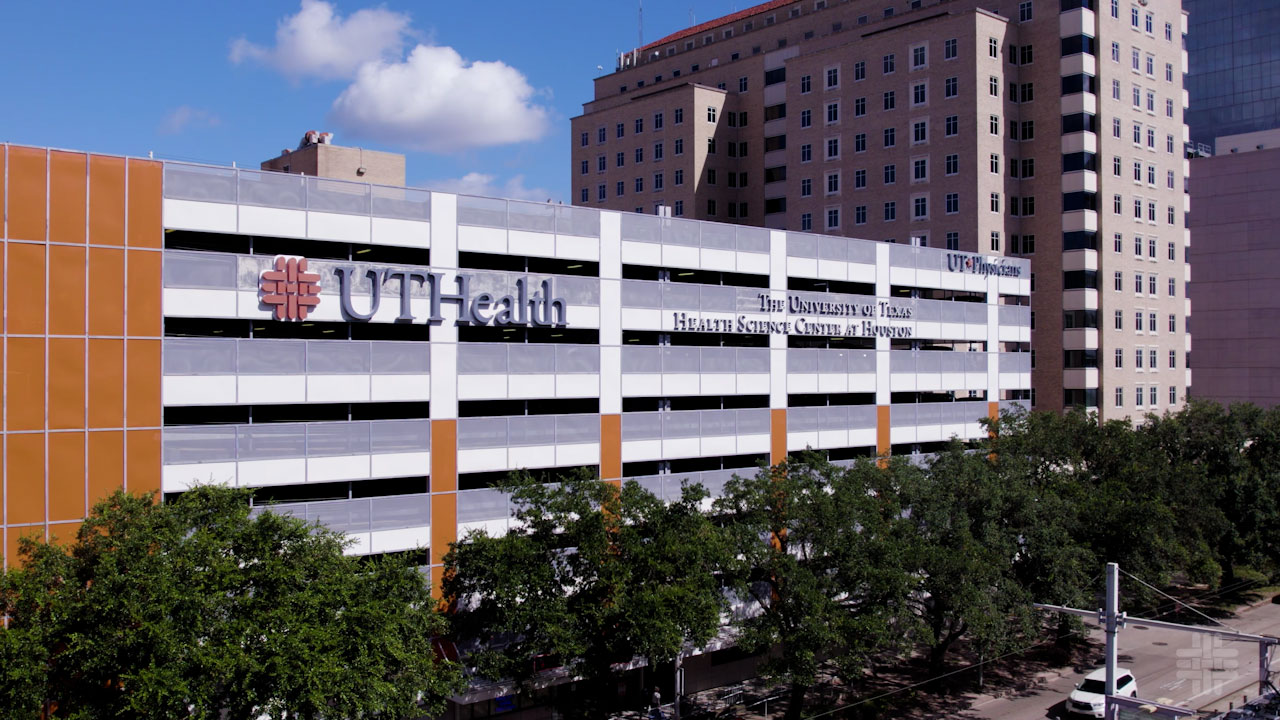Bleeding is the most common cause of preventable death after injury. Researchers at UTHealth Houston are asking for community input on whether they should participate in a study that will compare two resuscitation treatments: whole blood versus traditional blood component therapy, and tranexamic acid versus no tranexamic acid. The goal is to compare which strategies can improve survival for children who have been seriously injured and are in danger of bleeding to death.
The traditional approach for treating injured patients who are bleeding is to administer multiple separate units of red blood cells, plasma, and platelets — known as component therapy. However, recent evidence from military and civilian medicine suggests that survival may be better when patients receive whole blood instead of previously separated blood products. Some centers also use tranexamic acid in addition to whole blood or blood components as a treatment for severe bleeding. It is not known which strategy is the best for severely injured children.
The Massive Transfusion in Children-II, or MATIC-2 trial, will compare these resuscitation strategies, in addition to all standard care, in injured children with massive bleeding.
“There is a growing body of evidence that tranexamic acid and/or whole blood may reduce the chance of dying in injured children who require blood products,” said trauma surgeon Charles S. Cox, Jr., MD, professor and Glassell Family Distinguished Chair in the Department of Pediatric Surgery with McGovern Medical School at UTHealth Houston.
“The standard treatment of injured patients who are bleeding involves the transfusion of different types of blood products, as well as the use of medications to help the blood clot better, along with surgery to stop the bleeding. But even with these treatments, up to 30% of patients suffering from a serious traumatic injury die,” said Cox, who is also the George and Cynthia Mitchell Distinguished Chair in Neurosciences at McGovern Medical School. “Finding a way to improve that survival rate is our highest priority here at UTHealth Houston.”
Patients in this study will have suffered a serious and potentially life-threatening injury, causing significant blood loss and requiring immediate lifesaving interventions. These types of injuries occur unexpectedly, and it will not be possible for most people to sign up to participate ahead of time. Most patients will be unconscious, unable to speak or hear, and parents or guardians may not be able to be reached quickly to consent to immediate treatment or participation in the study.
If the community feedback is positive and an independent review board approves the study, then UTHealth Houston will participate in this trial. Community members who do not want to participate can request a bracelet indicating this. If feasible, doctors will obtain consent from patients who fit the study criteria. If consent is not feasible, patients who fit the criteria will be automatically enrolled without their individual consent if they are not wearing an opt-out bracelet.
The MATIC-2 trial will be conducted in 20 leading trauma centers in the U.S. and will include 1,000 patients. The trial will begin between late 2024 and last until 2028. It is funded by the Biomedical Advanced Research and Development Authority, part of the Administration for Strategic Preparedness and Response, within the U.S. Department of Health and Human Services under contract number 75A50123C00047.
“The results of this study have the potential to change the way trauma patients are treated,” Cox said. “If we can determine the best combination of treatments for trauma patients, we can transform the standard of care for bleeding children and save thousands of children’s lives.”
The study team members are asking for feedback from the Houston community to help determine whether the community wants the Greater Houston area to participate. People can visit the website below to learn more about this study and provide feedback to the local physicians regarding emergency research. This can be done via phone call, email, or by completing a brief anonymous survey.
The link to the local website is www.uab.edu/medicine/cis/matic-2-the-university-of-texas-health-science-center-at-houston-uthealth-houston.
For information about public meetings on July 10 and July 19, please visit: www.uab.edu/medicine/cis/matic-2-the-university-of-texas-health-science-center-at-houston-uthealth-houston/community-meetings.


